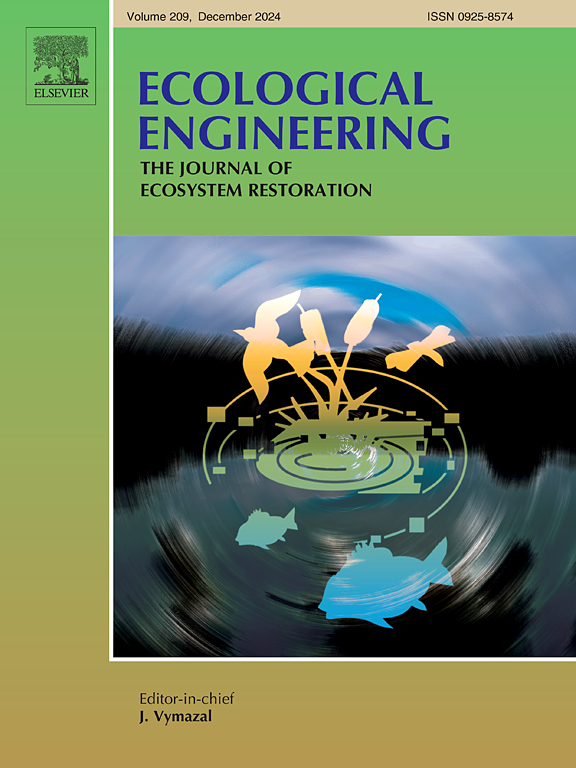Soil nutrients and pH modulate carbon dynamics in particulate and mineral-associated organic matter during restoration of a Tibetan alpine grassland
IF 3.9
2区 环境科学与生态学
Q1 ECOLOGY
引用次数: 0
Abstract
Nature-based solutions have been proven effective in restoring soil organic carbon (SOC) levels within globally degraded grasslands. Nevertheless, the responses of C in particulate organic matter and mineral-associated organic matter to various grassland restoration strategies, especially in alpine grasslands, remain insufficiently addressed. In this study, we assessed the impacts of two nature-based solutions—grazing exclusion (natural restoration) and no-tillage reseeding (interventional restoration) on the dynamics of particulate organic C (POC) and mineral-associated organic C (MAOC) in an alpine grassland ecosystem on the eastern Tibetan Plateau. The results revealed that 12 years of restoration efforts significantly increased the content of soil total organic C (TOC) by 82.1–110.5 %. The SOC pool was primarily composed of MAOC, with its contribution varying from 52.3 % to 65.1 % across all experimental plots. After a 12-year restoration period, the contents of POC and MAOC in the bulk soil increased by 88.8–125.1 % and 46.8–51.8 %, respectively, indicating that POC is more responsive to restoration than MAOC. As a consequence, an enhanced proportion of POC within the TOC pool was observed at the reseeded plot. The accumulation of POC induced by the restoration process was primarily attributed to the enrichment of soil nutrient content, followed by the improved root quality. By comparison, the decline in soil pH emerged as a pivotal factor accounting for the increase in MAOC following restoration. The contents, stocks, and relative proportions of both POC and MAOC were generally comparable between the two restored plots. Nevertheless, the significantly higher contribution of MAOC to the TOC pool compared to POC at the naturally recovered plot implies that grazing exclusion favors the accumulation of stable C over labile C. Furthermore, we found that MAOC has not yet attained saturation levels at either of the restored plots. Notably, the naturally recovered plot exhibited a superior maximum capacity for MAOC compared to the reseeded plot. Our findings suggest that stratifying the SOC pool into POC and MAOC provides valuable insights into the dynamics, stability, saturation levels, and controlling factors of SOC in restored alpine grassland ecosystems.
求助全文
约1分钟内获得全文
求助全文
来源期刊

Ecological Engineering
环境科学-工程:环境
CiteScore
8.00
自引率
5.30%
发文量
293
审稿时长
57 days
期刊介绍:
Ecological engineering has been defined as the design of ecosystems for the mutual benefit of humans and nature. The journal is meant for ecologists who, because of their research interests or occupation, are involved in designing, monitoring, or restoring ecosystems, and can serve as a bridge between ecologists and engineers.
Specific topics covered in the journal include: habitat reconstruction; ecotechnology; synthetic ecology; bioengineering; restoration ecology; ecology conservation; ecosystem rehabilitation; stream and river restoration; reclamation ecology; non-renewable resource conservation. Descriptions of specific applications of ecological engineering are acceptable only when situated within context of adding novelty to current research and emphasizing ecosystem restoration. We do not accept purely descriptive reports on ecosystem structures (such as vegetation surveys), purely physical assessment of materials that can be used for ecological restoration, small-model studies carried out in the laboratory or greenhouse with artificial (waste)water or crop studies, or case studies on conventional wastewater treatment and eutrophication that do not offer an ecosystem restoration approach within the paper.
 求助内容:
求助内容: 应助结果提醒方式:
应助结果提醒方式:


